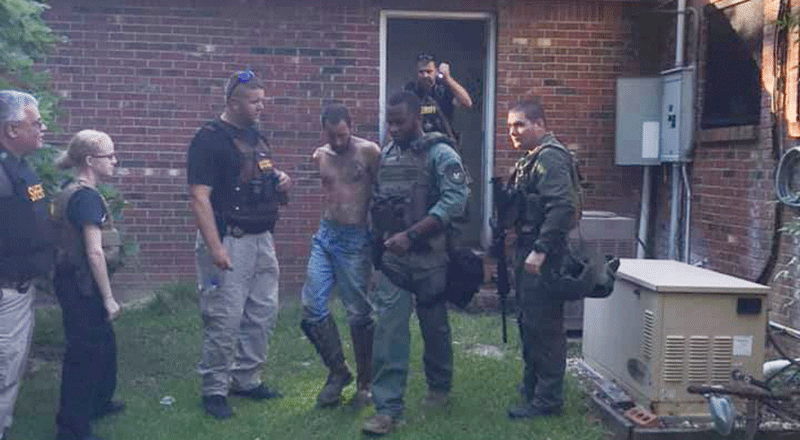Warm weather has snakes on the move
Published 12:00 am Saturday, June 22, 2019
The warm weather has snakes crawling and there have been reports throughout the state of snake bite victims.
The most recent, a Greenville police officer who was bitten by a large timber rattlesnake near the Greenville Airport.
Local herpetologist Jimmy Stiles said the best way to keep snakes away from your yard is to keep the yard clean and free of debris.
“Keep your grass cut short and don’t pile up burn piles around your house,” he said. “Another thing people don’t think about is leaving food outside of your house for cats and dogs it attracts rodents. If you do these things, you’re likely not to encounter many snakes.”
The Centers for Disease Control suggests to be aware that snakes may be swimming in the water or hiding under debris or other objects .
If you see a snake, back away from it slowly and do not touch it.
“Stay away from snakes,” Stiles said. “Don’t try to kill it or move it. If at all possible leave it alone. It will go away on its on. Unless it’s hiding under something, it’s on the move.”
Stiles said the majority of people who are bitten are trying to kill snakes, catch them or move them.
“Don’t ever touch a venomous snake,” Stiles said. “Even after they are ‘dead’ they can end up causing serious harm.”
Stiles said that it’s a good idea to walk around at night with a flashlight.
“If it’s night and you’re not using a flashlight, you can accidently step on one. Using a flashlight is very important.”
Another tip, Stiles said it to use a water hose to spray a snake to get it to leave.
Stiles said that all of Alabama’s native venomous snakes are in Covington County – Eastern Diamondback, Timber Rattlesnake, Copperhead, Cottonmouth, Pygmy Rattlesnake and Coral Snake.
If you have to walk in high water, you may feel a bite, but not know that you were bitten by a snake. You may think it is another kind of bite or scratch. Pay attention to the following snake bite signs.
Depending on the type of snake, the signs and symptoms may include:
- A pair of puncture marks at the wound
- Redness and swelling around the bite
- Severe pain at the site of the bite
- Nausea and vomiting
- Labored breathing (in extreme cases, breathing may stop altogether)
- Disturbed vision
- Increased salivation and sweating
- Numbness or tingling around your face and/or limbs
What TO DO if You or Someone Else is Bitten by a Snake
- If you or someone you know are bitten, try to see and remember the color and shape of the snake, which can help with treatment of the snake bite.
- Keep the bitten person still and calm. This can slow down the spread of venom if the snake is venomous.
- Seek medical attention as soon as possible.
- Dial 911 or call local Emergency Medical Services (EMS).
- Apply first aid if you cannot get the person to the hospital right away.
- Lay or sit the person down with the bite below the level of the heart.
- Tell him/her to stay calm and still.
- Wash the wound with warm soapy water immediately.
- Cover the bite with a clean, dry dressing.
What NOT TO DO if You or Someone Else is Bitten by a Snake
- Do not pick up the snake or try to trap it (this may put you or someone else at risk for a bite).
- Do not apply a tourniquet.
- Do not slash the wound with a knife.
- Do not suck out the venom.
- Do not apply ice or immerse the wound in water.
- Do not drink alcohol as a pain killer.
- Do not drink caffeinated beverages.


